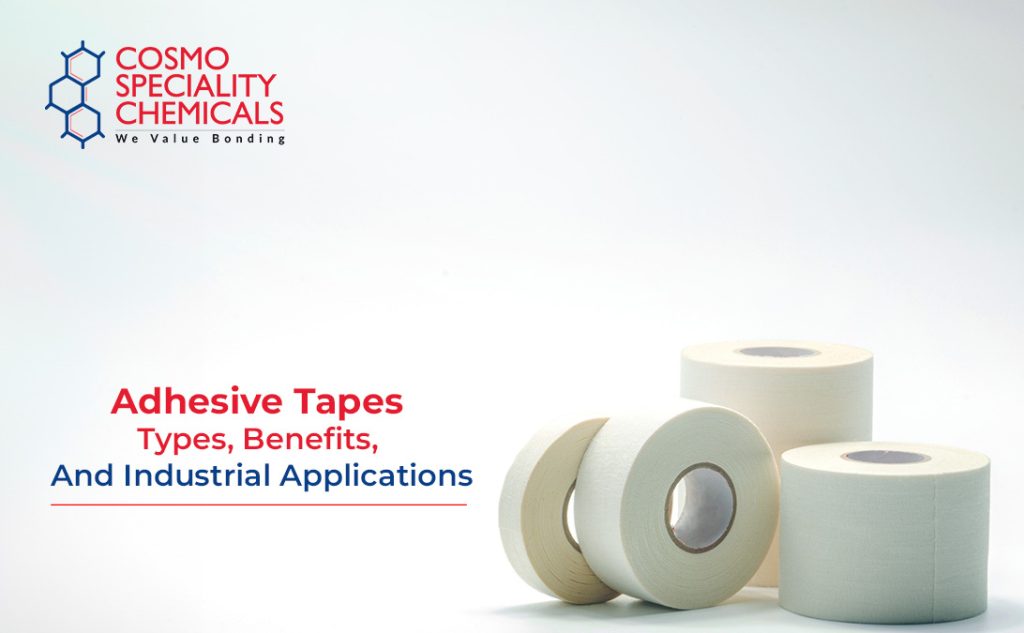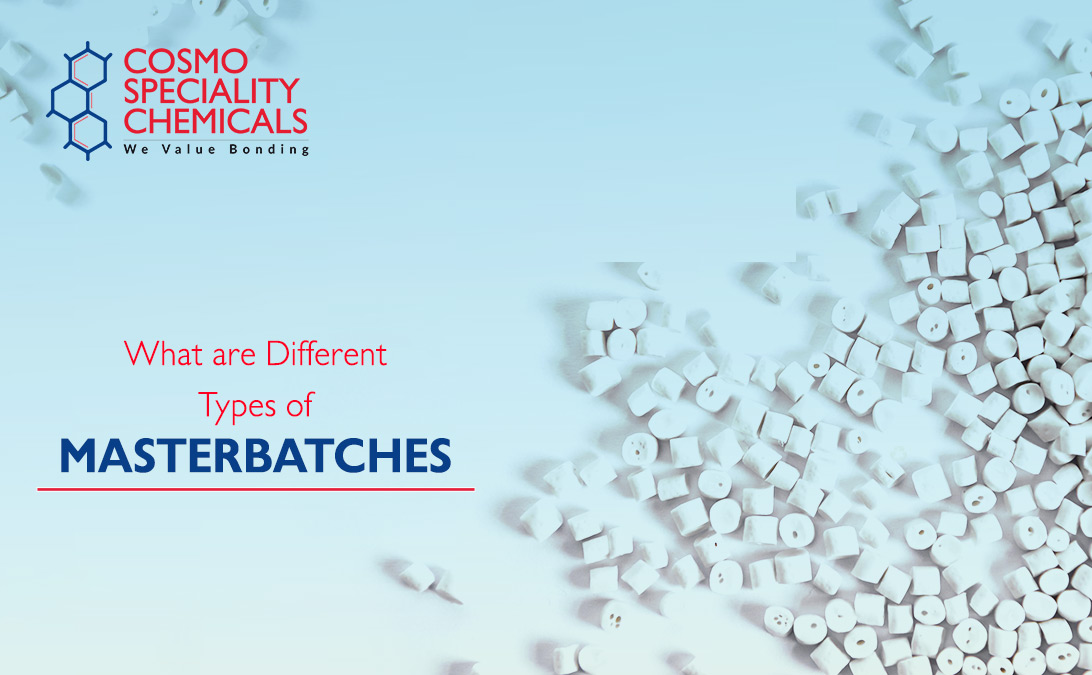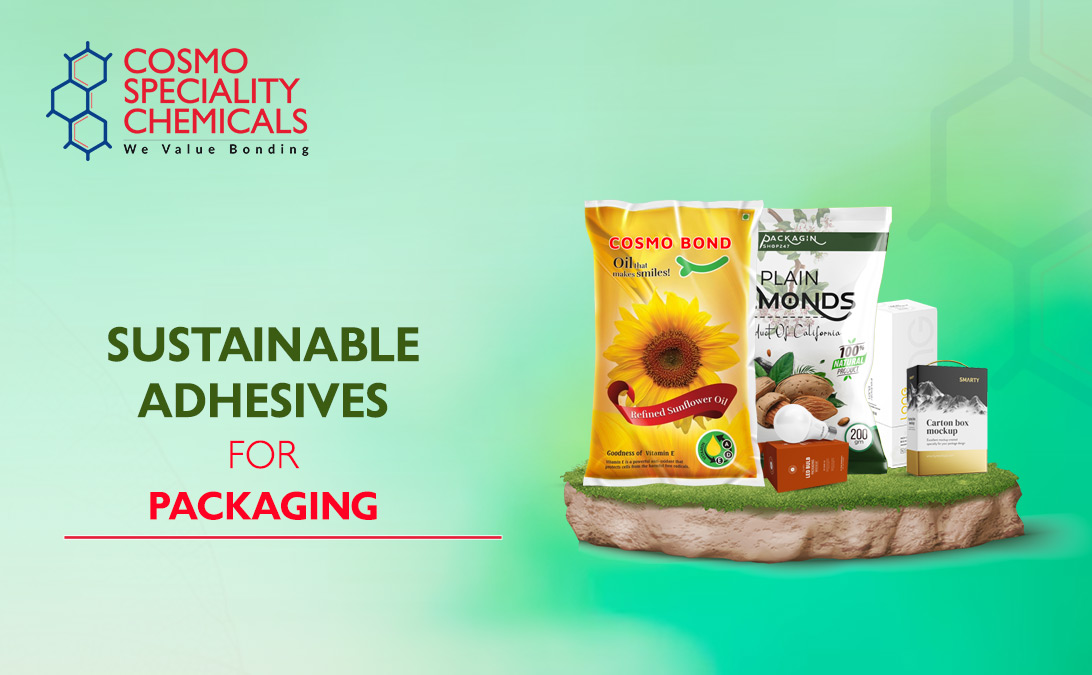
Sustainable Adhesives for Packaging
Posted by: Cosmo Speciality Chemicals on
Apr 01, 2024
Focus on sustainability is completely revolutionising the adhesive industry. Growing awareness towards need to adopt sustainable adhesive solutions for flexible packaging is growing rapidly. Modern technology in chemical industrie
What are the Benefits of Choosing Cosmo Adhesives
Posted by: Cosmo Speciality Chemicals on
Mar 04, 2024
The global adhesive market is rapidly changing with the substantial increase in demand for eco-friendly adhesives. As sustainability has taken the front seat for driving business operations manufacturers and converters are steadil

What are Different Types of Masterbatches?
Posted by: Cosmo Speciality Chemicals on
Nov 07, 2023
What is Masterbatch?
In very simple terms Masterbatches are meticulously blended, concentrated mixture of pigments, additives and carrier polymer that adds life to plastics. They make plastics colorful, vibrant, durable and enhance

Sustainable Adhesives for Packaging
Posted by: Cosmo Speciality Chemicals on
Nov 07, 2023
Focus on sustainability is completely revolutionising the adhesive industry. Growing awareness towards need to adopt sustainable adhesive solutions for flexible packaging is growing rapidly. Modern technology in chemical industrie



